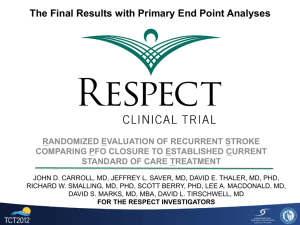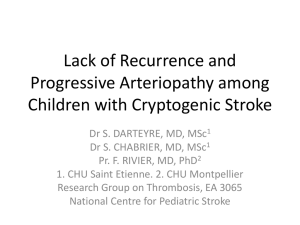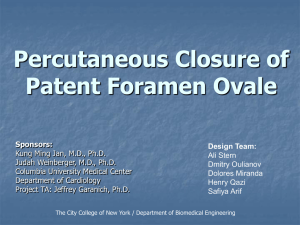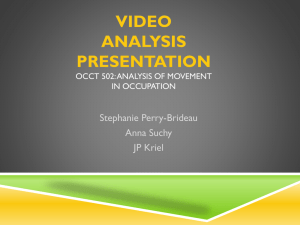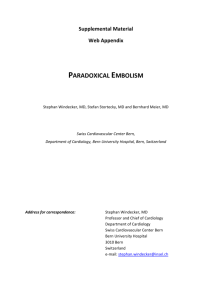Document
advertisement
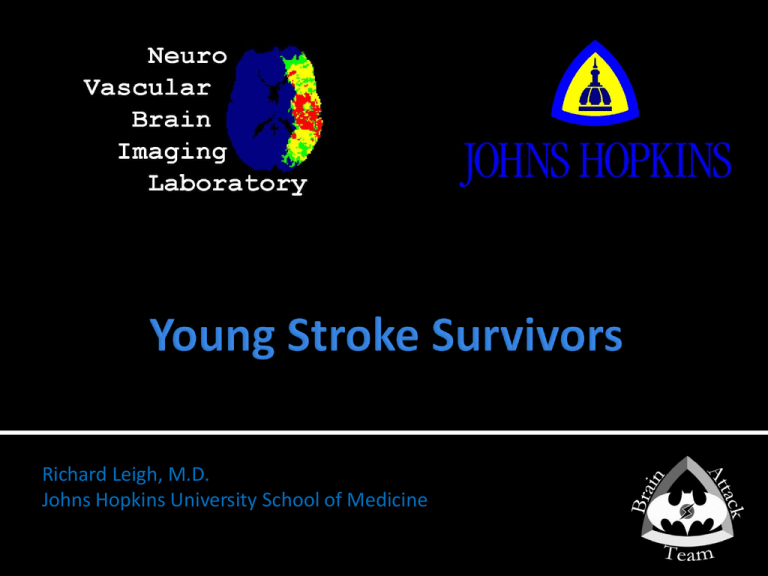
Richard Leigh, M.D. Johns Hopkins University School of Medicine Generally stroke in a less than 40-45 years old Different from pediatric stroke Unique causes that are more common in the young Cervical Artery Dissection Hypercoagulable States Vasospasm Typical causes that are atypical in the young Hypertension Diabetes Hyperlipidemia Cryptogenic Appears to be trending toward younger populations. This trend appears to be larger in the hemorrhagic stroke population. Preferentially affecting lower socioeconomic classes. Attributable to modifiable risk factors: hypertension, obesity and diabetes. ▪ Krishnamurthi et al., Lancet Global Health 2012 Hart & Miller, Stroke, 1983 Hart & Miller, Stroke, 1983 Hart & Miller, Stroke, 1983 Long-term prognosis for stroke in the young is better than the elderly but higher than the general population Mostly in the first year after stroke A bad prognosis is associated with an atherosclerotic risk profile Varona et al., J Neurol, 2004 Dissection Cryptogenic with PFO Reversible vasoconstriction syndrome (RCVS) Not vasculitis! Caused by separation of the arterial wall layers resulting in a false lumen. A history of trauma is often but not always elicited. Can be associated with major, minor or trivial trauma Can be spontaneous or cryptogenic Typically the dissection occurs at the skull base Can be diagnosed with CTA, angiogram typically not necessary Often associated with fibromuscular dysplasia Rarer conditions also have an increased incidence ▪ Ehlers-Danlos Syndrome Type IV ▪ Marfans Syndrome Often associated with headache/neck pain acutely and chronically Responds to migraine therapies Heparin or ASA are reasonable treatments With heparin only for 3-6 months then switch to ASA Can be detected with CT angiography and MR angiography Conventional angiography is the gold standard Angiography allows for detection of FMD in other vessels Renal arteries can also be affected Prognosis is good Many dissections are asymptomatic Recurrent stroke after dissection is rare with treatment Treat with Aspirin or Coumadin Avoid anticoagulation of intracranial dissections ▪ LP r/o SAH prior to a/c Transition to ASA after 3-6 months Complications Pseudo aneurysms PFO (patent foramen ovale) 20-25% of adults have a PFO Some times associated with an ASA (atrial septal aneurysm) PFO can serve as a source of paradoxical embolism Venous clot (DVT) can traverse a right to left shunt and enter the arterial circulation. Young people are felt to be at higher risk of paradoxical emboli due to heart chamber pressures that favor a right to left shunt. There is an increase incidence of PFO and ASA in patients who have had a cryptogenic stroke. There is no clear evidence that the PFO itself is the cause of the stroke. This has lead to many centers advocating not to close PFOs since they are not the cause. Instead, underlying causes of venous embolism are evaluated and treated. ▪ Hypercoagulable states treated with anticoagulation ▪ Removal of triggers: Birth control, smoking If no cause if found other than PFO, treat with Aspirin ▪ Recurrent stroke very rare ▪ Data on PFO with ASA conflicting ▪ In the setting of recurrent stroke, PFO is closed Primariy CNS Vasculitis? No! its almost never vasculitis Systemic rheumatologic diseases should be ruled out Vasculitis mimicks Intracranial Athero RCVS reversible vasoconstriction syndrome PRES posterior reversible leukoencephelopathy Cerebral Amyloid Angiopathy Intravascular lymphoma and other malignancies Never treat a primary CNS vasculitis without a positive brain biopsy Image guided biopsy is key Frequently misdiagnosed as vasculitis Vasculitis = smoldering course Presents with thunderclap HA Initial w/u is often negative Patients re-present with ICH/SAH Can progress to ischemic strokes Most common trigger at Hopkins: SSRI Ducros et al., Brain 2007 Does not respond to steroids Data suggests patients treated with steroids do worse Treated by removing the trigger Calcium Channel Blockers Magnesium MRA should normalize by 3 months Re-introduction of the offending agent can cause recurrent RCVS Continuum? RCVS <-> Migraine <-> PRES (posterior reversible encephalopathy syndrome) Prognosis is good for young stroke survivors Better recovery Less recurrent stroke ▪ Identifying the cause is key Vascular risk factor associated stroke is on the rise in the young Preventative medicine




